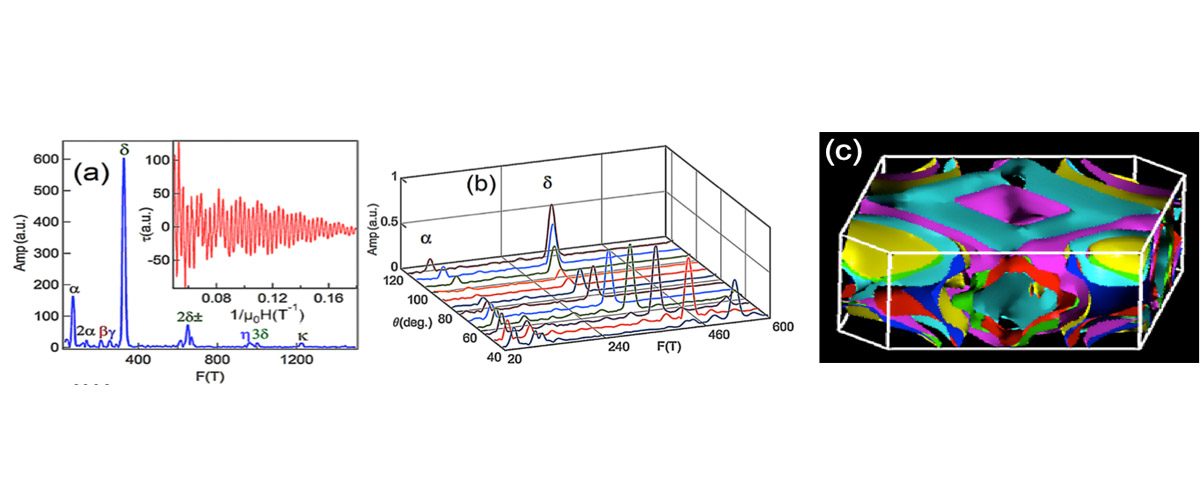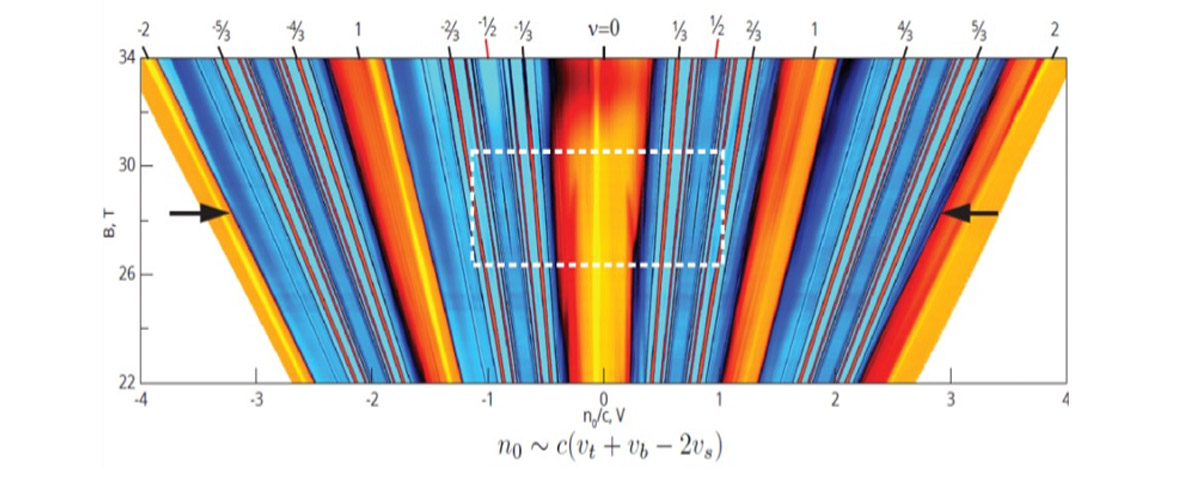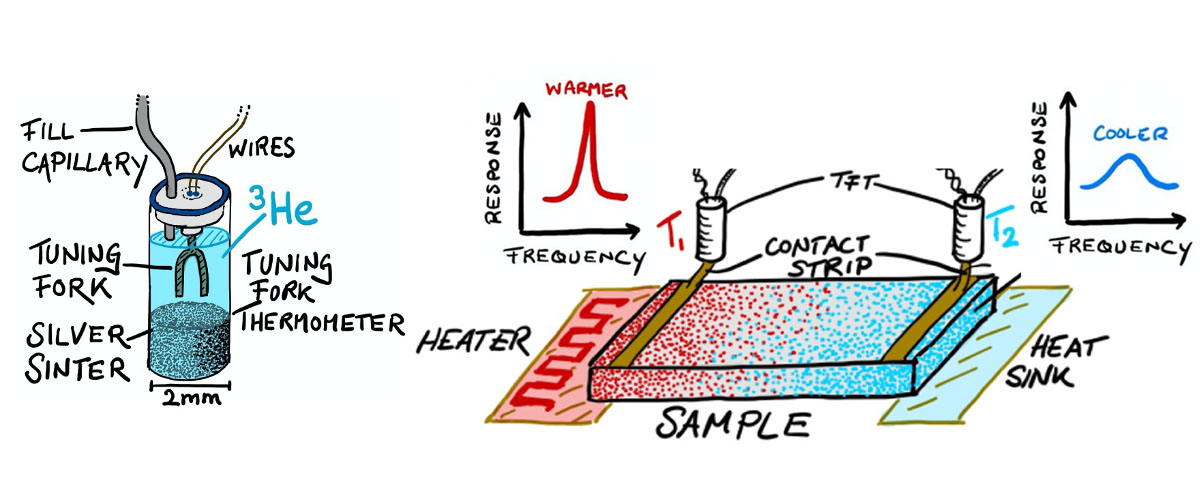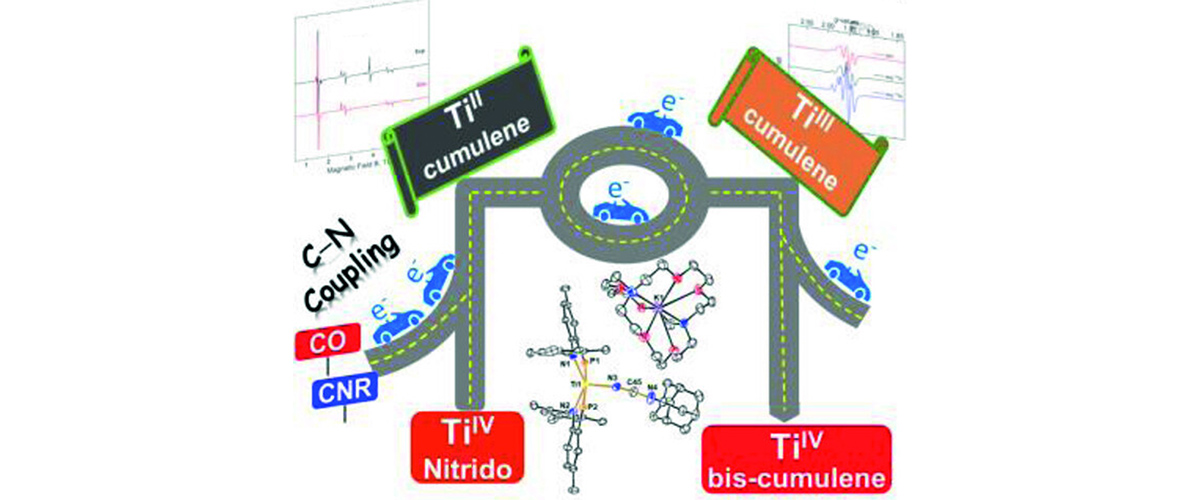What did scientists discover?
Measured magnetization oscillations in BiPd support the assertion that it is a topologically nontrivial superconductor. This finding adds to the growing list of the unique topological properties of BiPd.
Why is this important?
The number of known topological superconductors is small. If further research confirms that BiPd is indeed a topological superconductor, this would provide a system perfect for exploring spin-orbit coupling experiments, which could provide an inroad to the manipulation of nontrivial superconducting phases.</p
Who did the research?
Mojammel A. Khan1, D. E. Graf2, I. Vekhter1, D. A. Browne1, J. F. DiTusa1, W. Adam Phelan1,†, and D. P. Young1
1Louisiana State University; 2National MagLab; † Current address: The Johns Hopkins University
Why did they need the MagLab?
Observing de Haas-van Alphen (dHvA) oscillations in this material required MagLab-size magnetic fields. The MagLab’s torque magnetometry probe is extremely sensitive to changes in the sample’s magnetization, and its rotation capabilities allow users to map the angular dependence of dHvA oscillations. Users then compare this experimental map to the calculated Fermi Surface, which further reinforced the case for topological superconductivity in BiPd.
Details for scientists
- View or download the expert-level Science Highlight, Evidence Supporting BiPd as a Topological Superconductor
- Read the full-length publication, Quantum oscillations and a nontrivial Berry phase in the noncentrosymmetric topological superconductor candidate BiPd, in Phys. Rev. B Rapid Commun.
Funding
This research was funded by the following grants: G.S. Boebinger (NSF DMR-1157490); D.P. Young (NSF DMR-1306392); I. Vekhter (NSF DMR-1410741); J.F. DiTusa and D.P.Y.(DoE SC0012432)
For more information, contact Tim Murphy.






